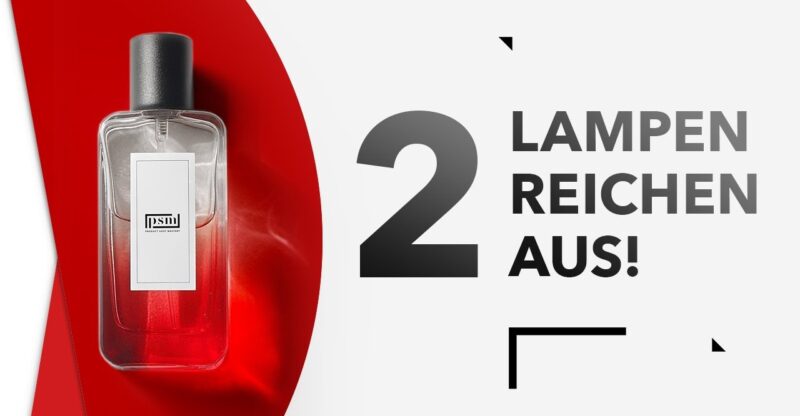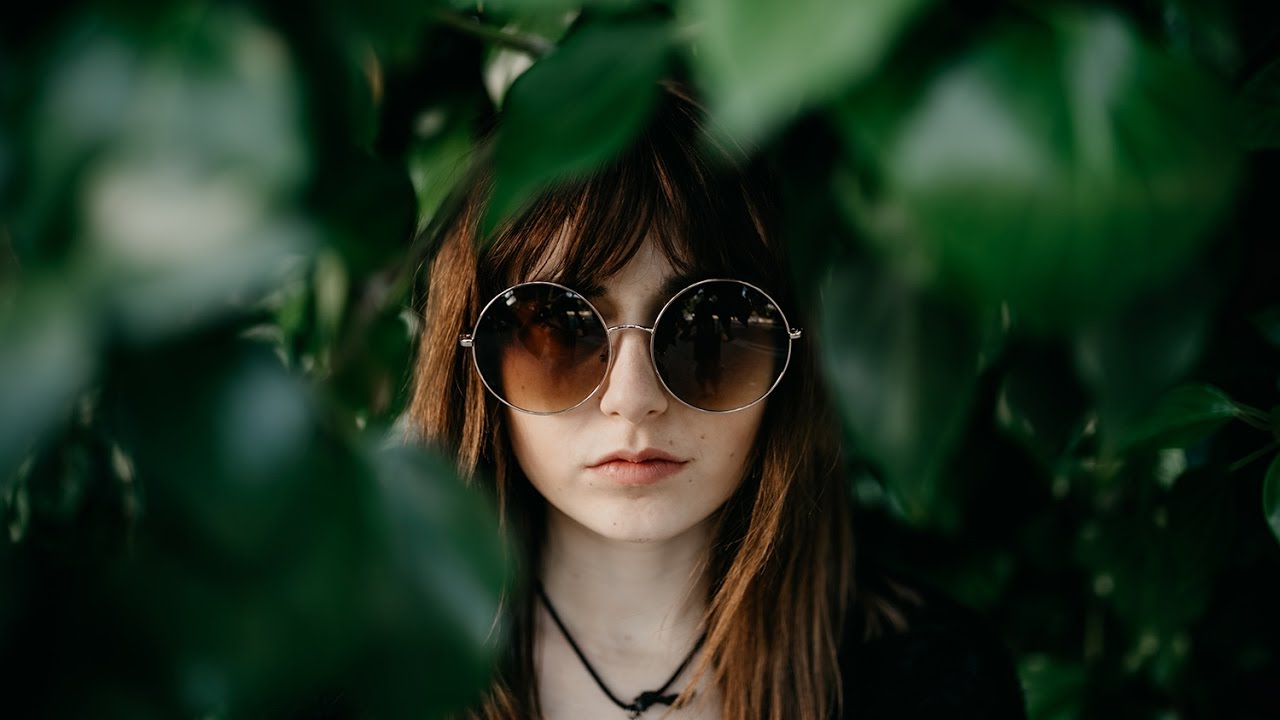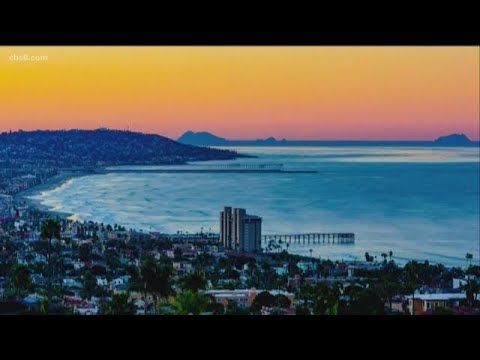Mache mit nur 2 Lampen 3 Licht Setups! Produktvideo, Produktfotografie
Light setups for product videos or product photography can quickly become complicated and, above all, quite expensive. Therefore, I will help you save time and money and still create professional product images. After all, you want to earn money with product videos or product photography and not spend a huge amount … right? In this video I show you three professional light setups for which you only need two lamps. And if you stick until the end, I will even show you one modern light setup as an extra, for which you only need one lamp. So let's get started: Ladies and Gentlemen, welcome to Product Shot Mastery! To put it simply, a light setup is the question of where and how which light is positioned so that the product looks beautiful, aesthetic or desirable.
And good lighting makes the biggest difference between amateur photography and high-quality product photography. Seriously! If the light is set well, it almost doesn't matter which camera you use or which movement you make. It will always look #extremesexy. So we come straight to the first light setup. Here you need – of course – a product and a camera that is aimed at the product. You then place the first main light at a 45 degree angle next to the camera. It doesn't matter on which side of the camera. Do it depending on whether the product itself has a detail on one side that you want to emphasize.
Then you position the second light on the opposite side somewhere between 90 and 120 degrees. With this setup, it is important that you illuminate an large area, i.e. with a big softbox or – even better – with a large diffuser. And a little tip on the side: Bring the diffuser as close as possible to the product … without it being in the frame. This is of course more important for product videos than for product photography, where the background can be cut out much more easily. With this very simple light structure, you can see directly what a huge difference light can make in product videos or product photography. One difference simply takes the recordings to a completely different level.
And because I am asked this very often: The important thing about lights is that they are as powerful as possible and distributed over a larger area. This means that you can also use relatively cheap lamps and still create high-quality product images. This light setup is almost a classic for product lighting. It really doesn't matter what kind of product you light up or what kind of movement shot you use, it actually always looks awesome …
… just like you! If this smooth compliment isn't worth a like, then I don't know either. However, if you want to make this light structure a little more interesting, then you can use colored foil to color one or both lights and create a style that better represents the brand. Let's go straight to the second light setup, for which you only need two lights. Here the main light is placed just above the camera and tilted slightly downwards. The second light is placed directly behind the product and shines through the product into the camera. However, since the picture is still relatively flat and one-dimensional, you can create more contrast in the picture by simply removing light at certain areas. You can use black molton or black cardboard or – I don't know – something black … T-shirt, towel … First of all, you can make the background a little more interesting by creating a beam of light. You can also increase the contrast on the product itself by minimizing the light that falls onto the product from the side. I am impressed by the difference it can make to simply remove light in some places instead of adding more and more lights.
This setup is particularly suitable for transparent products, which at best are slightly tinted. The lighting from behind makes this color particularly apparent and drinks almost look as if they were glowing. And of course you can work with colored light again here to emphasize the brand more strongly. And what I would like to emphasize at this point: If you don't want to miss any further tips on the subject of "product videos" and "product photography" – because I still have really cool ideas on how you can improve your product photos – then just press the red button.
You are of course also very welcome to follow me on Instagram. Then we now have the third light setup. But don't forget that afterwards there is an extra light setup with just one light. Okay, that's a really cool setup. This time, the main light is positioned as a large area light as close as possible above the product.
That alone gives a very high quality look. The second light can be used more flexibly here. You could build it again just above the camera to lighten the front a bit with the label. Or you can use it to shine on the background for a vignette. Of course, you can also put it at an angle behind the product to create a nice edge light. The only important thing here is that the surface layer is black. It can be matt black for a very dramatic effect or reflective so that it looks as if the product is floating. This light setup can be used astonishingly widely. I often see it in organic products like food or plants. But also technical products or, objects that reflect a lot, are very often illuminated in this way.
And I don't think I need to mention that you can again work with colored light here. Before I reveal the extra setup with just one light, please write briefly in the comments which topics you are interested in: Movement shots, camera equipment … … tax for self-employed? It doesn't matter … just put it in the comments. Okay, now we come to a setup with which you can take very elegant and modern product shots and only need a single light.
The product lies on a matt, white surface and the camera is aimed directly at it from above. And the one light shines directly on the bottle at an angle without a diffuser. And this results in such a nice refraction of light on the white paper. You see this look very often in high-quality and expensive fragrance bottles or flacons. But we wouldn't be Product Shot Mastery here if we couldn't optimize this look a little more. The problem with such direct lighting is that the product gets little to reflect. So what you can do is cut such a small hole in a diffuser material.
Through the hole we then get the beautiful refraction of light from the direct spotlight and through the rest of the diffuser we get beautiful light drawings on the product itself. So-called "frost foil" or, – if you want a simple, inexpensive DIY solution – white baking paper are suitable as a material. super easy and super cheap. As a little extra, you can create a white reflection on the opposite side, for example with a white sheet of paper or something similar.
And that's how easy it is to have a modern and very high-quality perfume look. This means that you now have four high-quality and simple light setups for which you only need a maximum of two lights. As always, links to all products are in the video description. You know what … If you've looked that far, let's confuse people in the comments who haven't looked that far.
Just write – without any connection whatsoever – a random geometric shape in the comments … that is, circle, triangle … octahedron? Whatever. Let's see how the others react to it. If you liked this video, be sure to check out one of these two videos! Hope to see you again next time. And until then: Tschüss, bye, bye and ciao..













